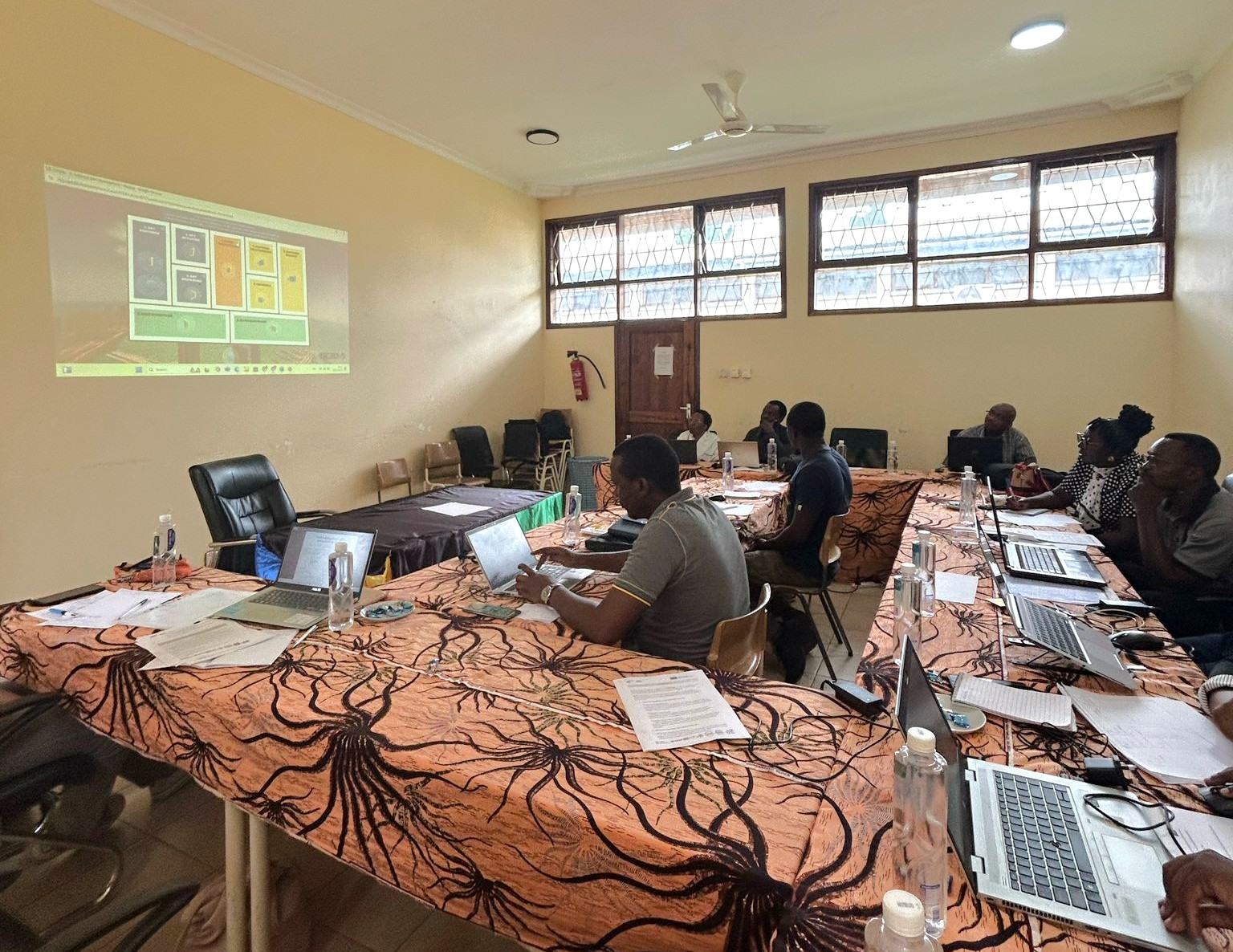




Participating in an international project is always a challenge, a challenge we enjoy, but a challenge nonetheless. At the same time, it is an opportunity to share what we know and learn from others. This is what we experienced at the San Viator Center when working with WP3 of the Erasmus+ TVET@Work project. Our task was to design and implement a training program for teachers on entrepreneurship in Tanzania.
Our objective was clear: to be able to offer a proposal based on the methodology we use in basic education in the Basque Country, but adapted to the needs of students and teachers in the country, which could serve as a tool to open up new opportunities.
The project aims to improve employability and vocational training in Africa, specifically in Tanzania, an area rich in opportunities for entrepreneurs.
At San Viator, we took on the responsibility of creating WP3, a training program with innovative methodology that included virtual reality, with the help of our partners at 3dBear, who created the simulations used in the training. We didn't want an “imported” and “ready-made” program; we wanted meaningful, tailor-made training that would connect with the reality of the country and help teachers apply it in the classroom.
The basis of our proposal was the challenge-based learning methodology. This methodology does not start with theory, but with a real problem, and from there, students seek solutions, working in teams (as often happens in real life) and proposing ideas that could be applied in their community.
In Tanzania, this was really important given that many young people cannot find formal employment after completing their studies. However, they do have the opportunity to start small businesses or local projects.
As we produced the training materials, we held a meeting to gather feedback from Tanzanian teachers to find out how they were finding the training and whether it met their needs. Following this meeting, based on the opinions of the teaching staff there, we decided to add some theory, thus making a transition from a traditional model to an innovative one.
However, only the theory necessary to maintain the perspective of innovative methodology was added. This theoretical content had to be brief and clear; the aim was not to give long lessons but to explain the essentials.One of the most important lessons we learned was understanding the importance of adapting. It is not enough to simply translate materials; it is necessary to listen and understand the realities.
One of the most important lessons we learned was the importance of adapting. It is not enough to simply translate materials; it is necessary to listen and understand the realities. The pilot program in Morogoro was quite an experience, where we met with vocational training teachers from across the country and shared the work we had done, gathering feedback to make changes and ensure comprehensive and useful training.
Centro San Viator